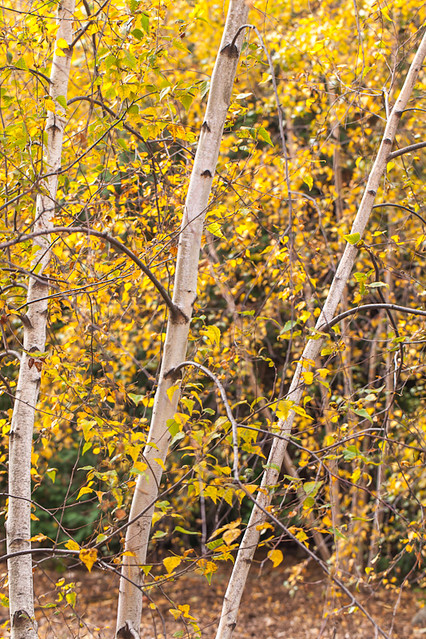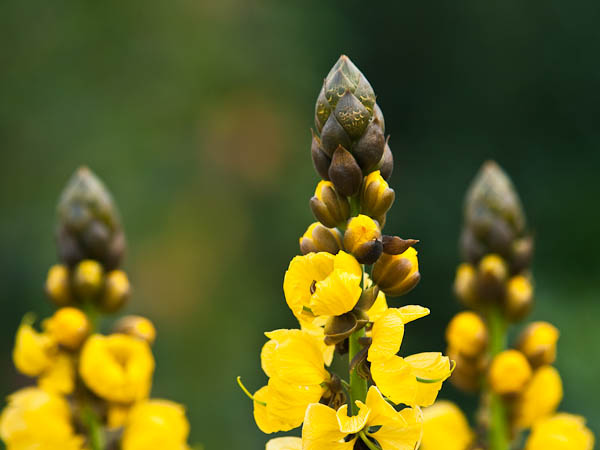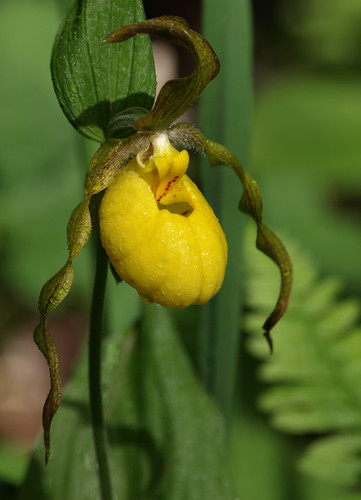
https://www.circologhislandi.net/en/conferenze/ World in Yellow ©2012 Bo Mackison
https://www.petwantsclt.com/petwants-charlotte-ingredients/ Know that the tree is not just the form, it is not just a certain species the botanists’ talk about, it is an unknown god – so green in your courtyard, so close to you, beckoning you, calling you again and again. ~ Osho
My Connection to Nature
I often think that trees are the finest species on this earth. I love photographing flowers, grasses, natural landscapes. But there is something about the trees. In my part of the world, I am never far from some type of tree. There are usually a few trees in every yard, and large stands of trees in whatever direction I head from my home.
Order Cheap Tramadol Grounded in the earth, they often stretch a hundred feet high, their tops surrounded only by sky when I peer at their crowns. I like being able to reach out my hand, rest my palm on the trunk of a tree, and feel a deep sense of connection to nature.
Tramadol Order Online Canada And I am happy that there are trees not only in my yard, and in my community, but I am also happy that there are trees even in downtown Chicago. I’ll be in Chicago next week. And I’ll be noticing the trees that grow there, even in the midst of a crowded metropolis.
————-
Bo Mackison is a photographer and the owner of Seeded Earth Studio LLC. Yesterday she finished the printing of two sets of fine art photography and today she is putting the final touches on the two portfolios.
She is attending the Filter Festival in Chicago the week of October 15. Workshops, lecture series, gallery walks, portfolio reviews, and much more. Opportunity awaits.








